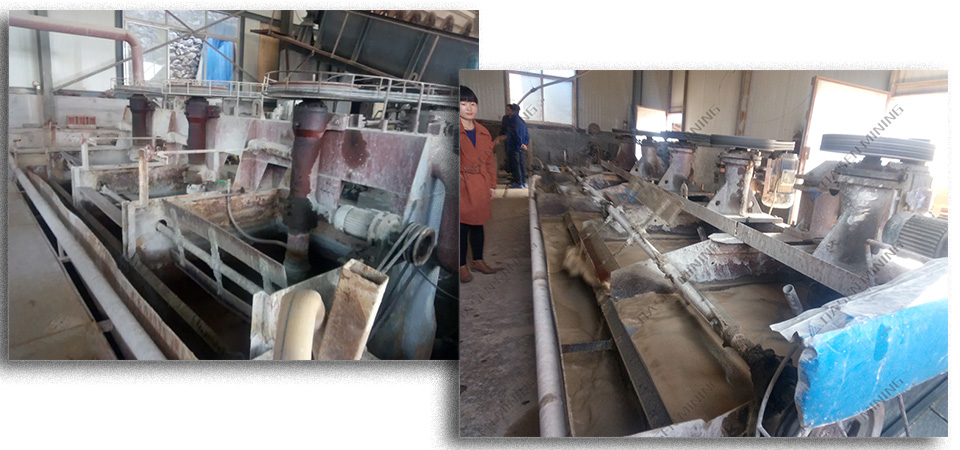How to Effectively Process Copper Sulfide Ores through Flotation?
The copper flotation process is a cornerstone in the extraction of copper from ores, especially when dealing with copper sulfide ore, which is a prevalent and highly valuable source of copper in the global mining landscape. Copper sulfide ore can be broadly categorized into two main types: single copper sulfide ore and polymetallic copper sulfide ore. Each type has its own unique characteristics that significantly influence the choice and implementation of the copper flotation process.
Single copper sulfide ore contains copper sulfide minerals with a relatively straightforward composition. The dominant copper sulfide minerals found in such ores are chalcopyrite, chalcocite, bornite, and copper blue, often accompanied by a minor quantity of copper oxide minerals. The gangue minerals, which vary depending on the type of deposit, typically include quartz, calcite, feldspar, dolomite, sericite, and chlorite. The distinct difference in the floatability of copper sulfide minerals and gangue minerals forms the basis for the effective application of the flotation process in separating them.
When it comes to processing single copper sulfide ore, there are three primary copper flotation processes. The one – stage grinding – flotation process is most suitable for copper sulfide minerals that have a coarse and uniform grain size. In this scenario, when the raw ore is ground to a particle size where – 200 mesh constitutes 50 – 60% of the total, the copper sulfide minerals can be effectively dissociated into monomers. Through a series of operations including roughing, sweeping, and one to three rounds of selection, favorable flotation results can be achieved. This process is relatively simple and cost – effective, making it a popular choice for small and medium – sized copper concentrators.
The one – stage grinding – flotation – re – grinding process of coarse concentrate is commonly utilized for porphyry copper ore, which contains specific types of copper sulfide minerals. Here, the raw ore is ground to – 200 mesh, with this particle size range accounting for 40 – 70% of the total. A large proportion of tailings can be discarded after initial roughing and sweeping. Subsequently, the coarse concentrate undergoes re – grinding, and multiple selections are carried out to obtain the final copper concentrate. This process is particularly beneficial when dealing with low – grade ores and large – volume processing, as it can enhance the economic viability of the operation.
For copper ore with an uneven thickness, the two – stage grinding – two – stage (or one – stage) flotation process is often employed. This approach is crucial for dissociating a majority of the copper sulfide mineral monomers without over – grinding the minerals. After the first – stage coarse grinding, a portion of the coarse copper sulfide minerals can be floated, preventing excessive crushing. This part of the concentrate can either be directly used as a final product, or it can be further processed in subsequent flotation steps.
In the case of polymetallic copper sulfide ore, which contains a complex mixture of various copper sulfide minerals coexisting with other minerals such as pyrite, galena, and sphalerite, the copper flotation process becomes more intricate. Different flotation strategies, such as the multi – stage flotation process, step – by – step priority flotation process, and flotation – mixed concentrate separation process, are applied depending on the specific characteristics of the ore. These processes are designed to optimize the separation and recovery of copper sulfide minerals while also taking into account the recovery of other valuable minerals present in the ore. Understanding these copper flotation processes and the nature of copper sulfide minerals is essential for global mine owners to maximize the efficiency and profitability of their copper mining operations.
Whatsapp:+86 133 1927 7356
Email:[email protected]

